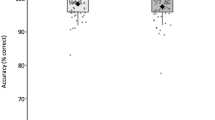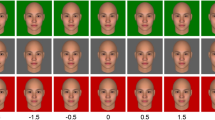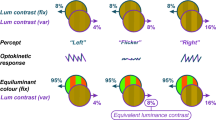Abstract
In a research carried out during the last five years on subjects in the west of Scotland, with an apparatus which efficiently discriminates between major (sex-linked) red-green defectives and ordinary colour-weak individuals, 7.8 per cent of male and 0.65 per cent of female sex-linked defectives were found in 464 males and 460 females. This corresponds well with the results of researches in which the Ishihara Test was used1,2,3. The expected frequency of female defectives would be 0.61 per cent, with 7.8 per cent of males in the population. The observed frequency of 0.65 per cent is not statistically different from this figure, and it suggests that there is little truth in the common belief that there are more colour-blind women in the population than would be expected. The extra ones are heterozygotes, some of whom are doubtful passes on the Ishihara test.
This is a preview of subscription content, access via your institution
Access options
Subscribe to this journal
Receive 51 print issues and online access
$199.00 per year
only $3.90 per issue
Buy this article
- Purchase on SpringerLink
- Instant access to full article PDF
Prices may be subject to local taxes which are calculated during checkout
Similar content being viewed by others
References
Vernon, P. E., and Straker, A., Nature, 152, 690 (1943).
Geddes, W. R., Brit. J. Psych., 37, 33 (1946).
Grieve, J., Nature, 157, 376 (1946).
Collins, âœColour Blindnessâ, 223 (1925).
Author information
Authors and Affiliations
Rights and permissions
About this article
Cite this article
PICKFORD, R. Frequencies of Sex-Linked Red-Green Colour Vision Defects. Nature 160, 335 (1947). https://doi.org/10.1038/160335a0
Issue date:
DOI: https://doi.org/10.1038/160335a0
This article is cited by
-
Red Anomaly Dominant to Protanopia
Nature (1950)
-
Multiple Allelomorphs in Colour Vision
Nature (1948)



